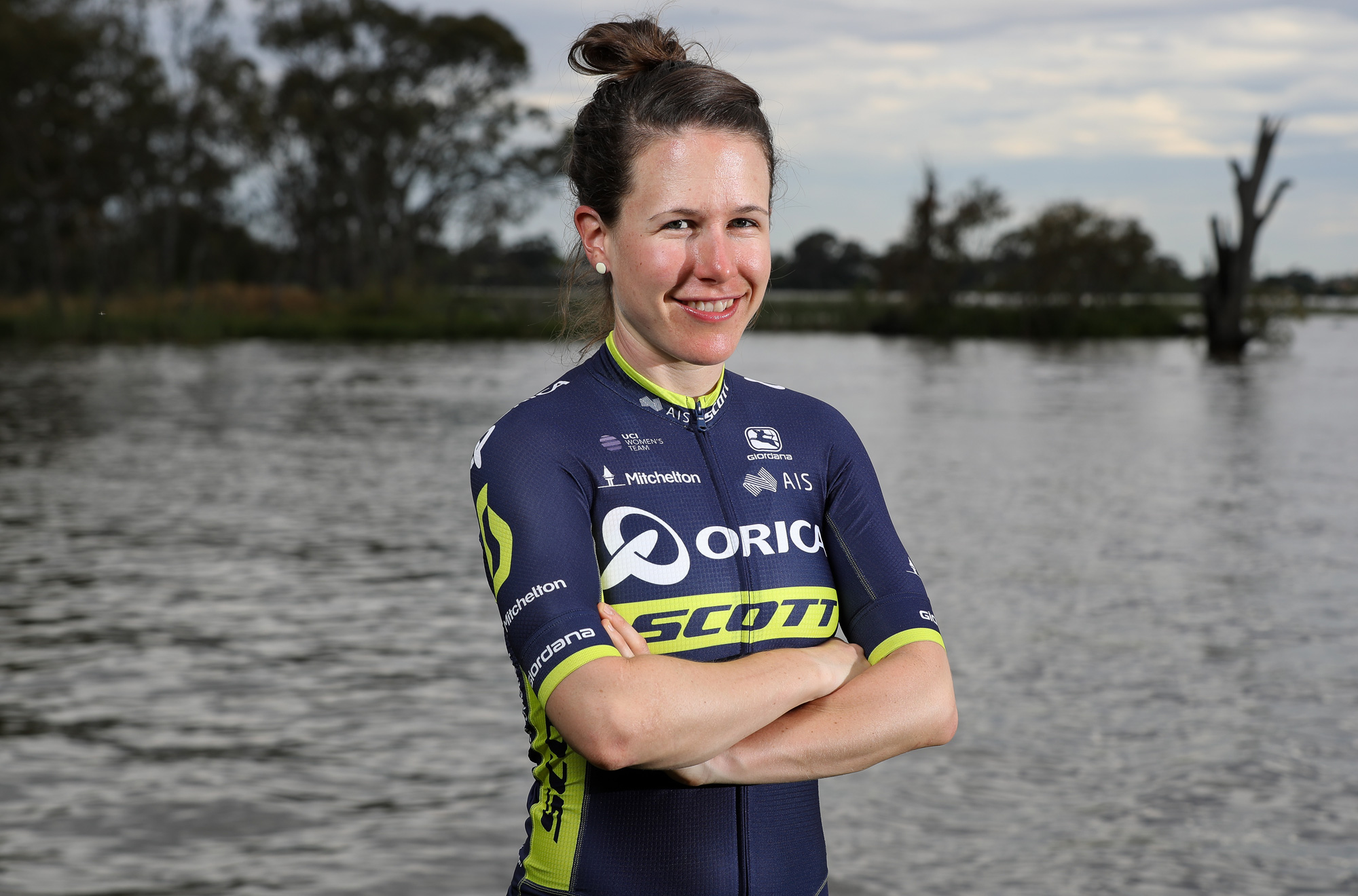With a month still to wait before the north European racing season gets going at Omloop Het Nieuwsblad, those lucky enough to get some southern hemisphere sunshine were racing at the Santos Tour last week.
The course offered a chance for school kids on their summer holidays to line the roads and see some good racing, even if the route was not necessarily one that gave the riders the chance to light things up.
We did learn a few things this early on, however, that could lead to some interesting scenarios in – arguably – much bigger events on the calendar.
1 Orica-Scott’s Australian dominance
Orica-Scott looked strong, disciplined and in control from the start. They took charge of the peloton, with Jessica Allen, national champion Katrin Garfoot, and then Amanda Spratt taking it in turns to put the pressure on the field on stage one.

Spratt was the one who got clear to execute the team’s plan for the whole four days – win the opening stage from Hahndorf to Meadows by a clear enough margin to defend the GC. With three sprint or criterium-style stages to follow, it wasn’t a given that Spratt would hang on, but the odds were in her favour. She delivered with calm efficiency.
2 Kirsten Wild looking strong
Kirsten Wild is in storming form already, notching two wins and giving her new sprint train at Cylance a good workout. Things look to be firing nicely, if not necessarily perfectly, with Rachel Barbieri running just behind Wild on stage 2.
Dani King had a good sprint on the tougher opening stage, and worked with Marta Tagliaferro to keep Wild in position for the finish in the People’s Choice Classic Circuit. Two days later it was practically the whole team at the end of the Adelaide Victoria Park Criterium where Wild stormed to victory again.

3 Hosking proving the doubters wrong already?
Chloe Hosking’s move to Alé Cipollini is maybe not looking like such a left-field career choice. On the third stage from Tanunda to Lyndoch, the Italian squadra kept Hosking safe up the Whispering Wall climb, with strong support from Carlee Taylor and Janneke Ensing, and delivered Hosking to the face-off against Kirsten Wild. There, she learnt from her frustrated seventh place at the Qatar Worlds by sticking resolutely to Wild’s wheel in run to the line.
Tactically, they also used Daiva Tuslaite to mop up loose points in the second intermediate sprint on stage three, helping Hosking tighten her grip on the points jersey, which bodes well for the rest of the season.
4 Ryan’s express
Alexis Ryan’s performance on the final criterium stage suggests very big things to come from Canyon-SRAM’s young American.
Fifth overall and the best young rider’s jersey were the rewards for a strong showing across the four stages, but the most impressive aspect was delivering on a plan … winning all three intermediate sprints to crowbar Ruth Winder out of the young rider’s tunic and land herself on the podium.
5 Drops show their colors
Surprisingly, the youthful British-based Drops Cycling squad ran the orica-Scott juggernaut closest in the team’s classification. They placed Alice Barnes, Susanna Zorzi and Ann-Sophie Duyck in ninth, tenth and eleventh overall, with Barnes and Zorzi third and fourth in the young rider classification.
Their recruitment drive to bring the Italian and the Belgian in particular could be an inspired move, if it helps to further develop talents like Barnes and Anna Christian, and makes the trip to Australia a very worthwhile expedition.
6 Ensing not on thin ice?
Janneke Ensing only joined Alé Cipollini in the winter, and only arrived in Australia two days before her first race for them at the Santos Tour. Even more, she had only just finished a block of training as she aims for the Dutch speed skating team at the 2018 Winter Olympics.
Ensing was the only rider able to live with Amanda Spratt’s attack towards the end of stage one, and hung tough to snare a second place that she wouldn’t relinquish in the overall. She backed that up by taking the Queen of the Mountains prize.
Next … trying to go one better at Gent-Wevelgem than the second places she got in 2014 and 2015.